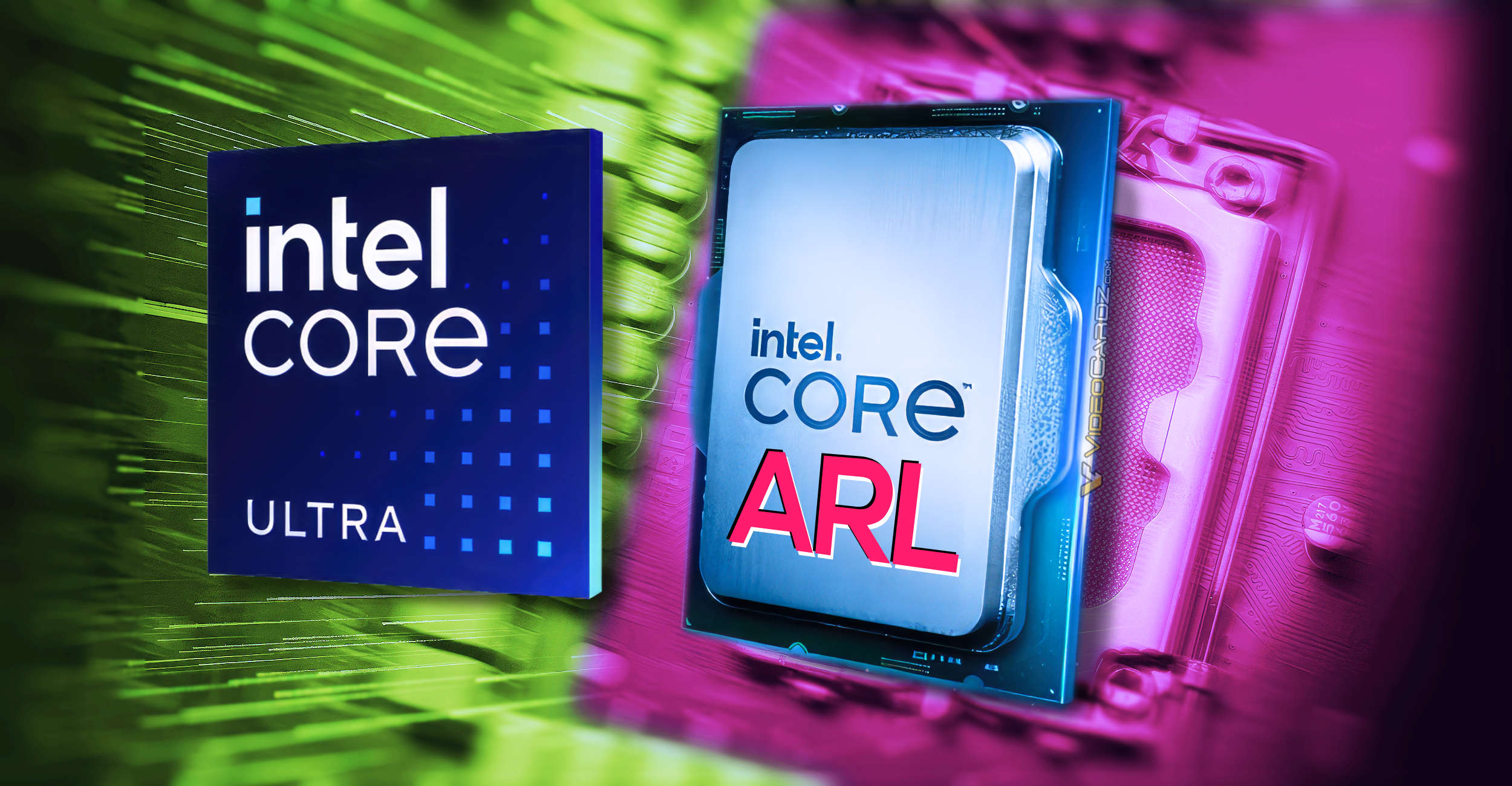- Joined
- Mar 7, 2008

Leaked documents list Intel Arrow Lake-S with 8P+16E cores, 125W TDP, full 800-series chipset details - VideoCardz.com
Intel Arrow Lake-S details confirmed through leaked slides Hardware leaker YuuKi_AnS shares Intel confidential slides featuring the company’s upcoming desktop Core-S platform. The details outlined in the documents refer to the MTL-S, which has been officially canceled. However, it’s worth...
The original tweet that had the slides has been taken down, but this is a glimpse of Intel's next desktop gen. There may be three dies: 8P+16E, 6P+16E, 6P+8E. Assuming the same exchange rate, that puts them roughly in 12, 10 and 8 core area terms.
It is noted it may not include HT, so those counting threads may find it lacking. I personally find threads over-valued as on average they give comparably little, with the odd outlier seeing a meaningful speedup like Cinebench at ~30%. Not having HT does save a little die area, and reduces some scheduling complexity which may lead to more consistent performance, and closing the door on potential cross-thread vulnerabilities.
Not mentioned is Intel has said this is targeted on their 20A process, which is a massive jump from 7. I'm out of date on what core will be used when but it is expected to use a newer microarchitecture than Meteor Lake, or two on from Raptor Lake.
While Intel have managed to generally keep up with AMD in performance but not at power efficiency, this might be the generation where they catch up in that area too. Will be one to watch.
